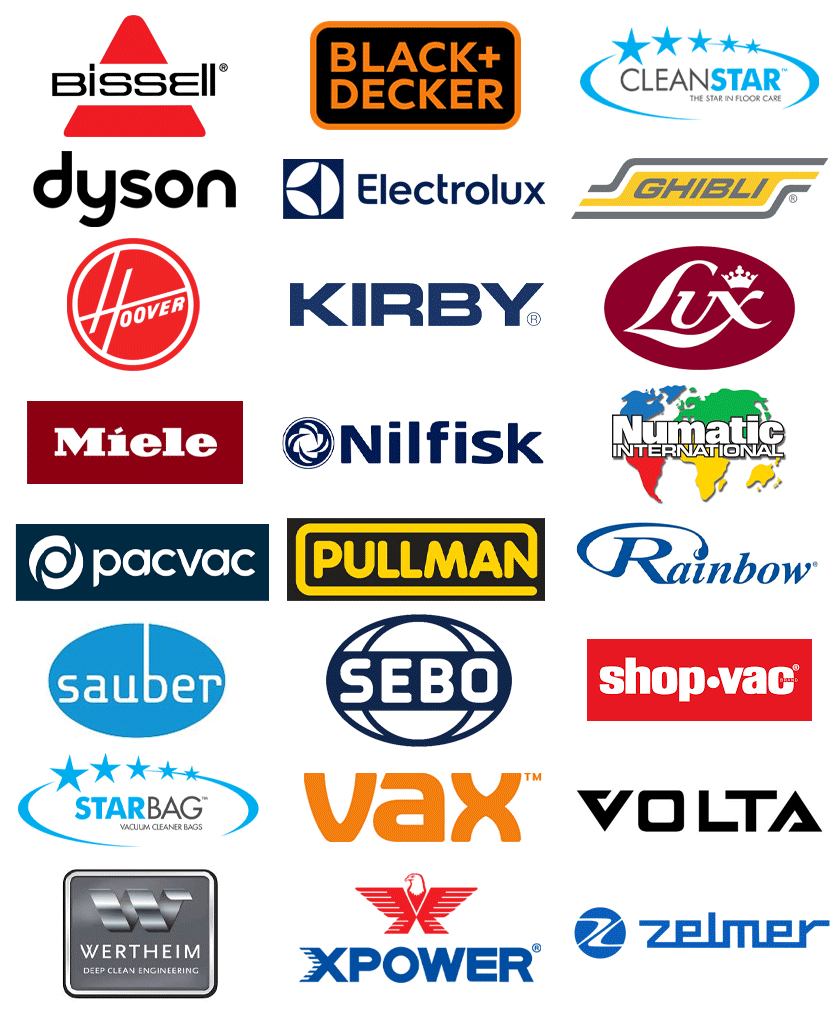Filters: The Last Line Of Defence!
First of all, some house-keeping, if you have not done so already, I strongly encourage you to familiarize yourself with your vacuum cleaner’s Owner’s Manual. As I stated in a previous blog, the manual is full of really useful stuff and will help to prolong the life of your new domestic assistant.
In answer to the above questions, it’s all about the filters, which are all about protection.
The role of the filter is essentially two-fold, which relates directly to their position to the motor. The pre-motor filters role is to protect the motor from particles by ensuring adequate airflow through the motor while allowing sufficient suction to do the job it was designed to do. The post-motor filters role is to allow the expulsion of clean air into the atmosphere (your home).
The pre-motor filter has a very active role on the overall performance of your machine, it directly impacts the air flow rate through the motor, therefore controlling the vacuum suction capacity. If this filter is not maintained on a regular basis, it can cause loss of suction, performance and, in worse case scenario, burn out the motor from overheating.
On the other hand, the post-motor filter has a very passive role in that it just sits there and lets expelled air pass through. With these filters there are two options: standard or HEPA filtration.
Standard filters are generally what comes with the cleaner at purchase and these offer an acceptable level of exhaust filtration. HEPA filters, on the other hand, offers supreme filtration down to a microscopic level and is ideal for homes who’s occupant suffers allergies of any type.
Whether you have a bagged or bagless vacuum cleaner, I would like you to form a new habit. Whenever you empty the dust container, just take a quick glance at the pre-motor filter, to check on it’s condition. This simple routine step could save you hundreds on repairs or on the unnecessary purchase of a new vacuum cleaner.
Remember: Life doesn’t suck, just your vacuum cleaner!











